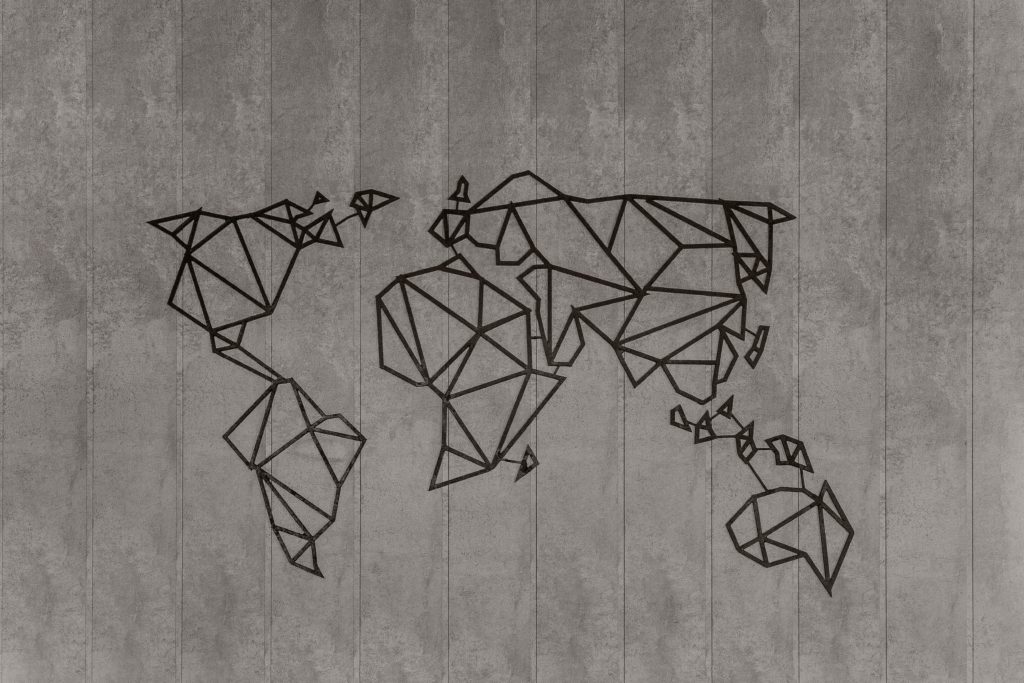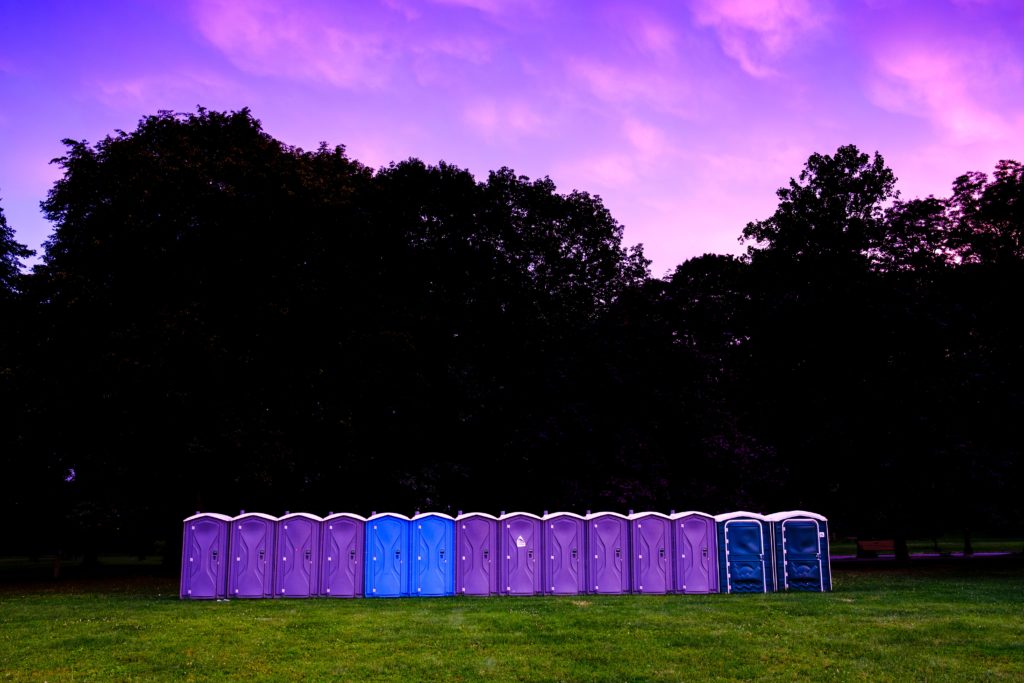With converting my old blogs over to MD/Jekyll – I was never really sure what the bare bones minimum meta should be.
So – Will this post?
Update – Yes it did. Boy was I overdoing it on the meta stuff. layout & title are all I needed. Doh!
With converting my old blogs over to MD/Jekyll – I was never really sure what the bare bones minimum meta should be.
So – Will this post?
Update – Yes it did. Boy was I overdoing it on the meta stuff. layout & title are all I needed. Doh!

Over the small history of news, editors and journalists have come up with determinants 1 2 3 4 5 that define “newsworthiness”. Check off more than 1 and bam… it’s “News”. The more checkmarks, the hotter it is.
At first glance, these mostly seem right. However society has been changing drastically and with Infotainmnet becoming more informational that our traditional news sources, maybe we should at least take another look?
Thought exercises need some form of rules. Let’s compare the past and future. Then, look for the gaps.
For the future, because McLuhan seems to be hitting things on the nose, we’ll imagine what his Global Village could become and use that imagined place.
Historically, proximity was the ultimate indicator. Pre-telegraph, information was only as fast as the courier, and that was only as fast as the latest transportation. So of course the best, most accurate, most available, most intriguing, was what was happening around the city – your city.
In the Global Village, geographic proximity is all but irrelevant. Proximity is in the content, context, and culture of the individual/village. These could be deep-seeded villages based on genetics, heritage, sexuality, religion, or they could also be superficial self-elected communities like Craft Beer Lovers, Mountain Climbers, Political Advocates.
The Difference is instead of physical proximity it’s cultural.
How does one easily find and decide? Stop targeting demographics and target psycho-graphics. Or even better, be a part of the village you’re reporting on.
Historically, how many famous people were there? The Mayor, The King, maybe a few Lawyers? If one of the small handful were involved it was a no-brainer to call it worthy.
In the Global Village, everyone has a moment or more of fame.
Sabrina Pasterski, is just as famous, if not more in some villages, than Elon Musk.
Those important to all villages are important not because of who they are, but what they do.
The Difference is Prominence and fame are decoupled.
If that’s the case then perhaps Prominence could be taken out completely? Prominence is the person – Impact is the increasing and continued significance of a person’s actions. This doesn’t remove Actors and other celebrities. Just shifts focus from the Actors who only act – to those who make movies that make a difference, who use their name and status to impact people’s lives.
Historically, making any form of publication or media took time. A lot of time. It made sense that scooping a story right before production deadlines made it a hot commodity. Maybe another newspaper couldn’t get the edits in before starting up the presses, meaning you were the only media channel in town to have it. That meant people flocking to you for the info.
In The Global Village, all is instant, to everyone. There are no physical barriers to hit “publish.” Meaning like when the telegraph started destroying space, time to is irrelevant.
The Difference here is that it no longer becomes a journalistic decision.
Time becomes a commodity to charge for: immediacy, journalistic effort and history 6.
Historically you could go around the room and simply count heads. An explosion? How many people in and around it? How many people travel by it. Multiply it by 4 or 5 and maybe you get the number of family members related. Headcount. The more involved or tied – the easier the decision.
In the Global Village, the rules still apply. However, journalistic institutes need to take more effort to uncover the villages that apply. They work to give context and educate the importance or impact.
The Difference is as society fragments, the full impact on a village may be overlooked. Work, effort, tribal knowledge is more important to uncover the real impact of events.
Historically these stories are the filler. When nothing is really going on find something odd, emotional, or conflicting to grab attention. Non-Fiction.
In the Global Village, everything is human interest. Yes, it has proximity, impact & prominence – each moment can spin out a multitude of varying human interest stories – and they do. It’s no longer just a car accident on the corner causing morning traffic. It’s the struggles and emotions of the person driving that distracts them for just a moment. The system forces them to have to go to work in such an emotional state.
The Difference is that Human Interest is the perspective and details. It’s the flavour of each community.
I think somewhere in the monolithic systems we’ve built around “new” we’ve forgotten that Human Interest is not a determinant, it is “the determinant” that makes a real difference. It’s the root of why we ask who, what, where, when, and why.
This post was originally published on one of my old blogs. I backdated this to the original publish date.
I’m liking this whoe micro blog in github thing. Only thing is, when not at a fully prepped system, or on the road it would be nice to edit. So I’m on the hunt.
This particular little post is using Prose.io.
Not too shabby – I like the presuggested file with date. Would have liked prefilled metadata – or something to help suggest ( let’s more honest – remember ) it.
ok. Hitting save – to see what happens.
update:
The publish flag is a nice add on – but wasn’t visibile enough so had to take a second. And titles… not 100% sold on how those are working. Wasn’t as intuative. Still does the trick though.
update 2
So many updates before the blog is even published. You know that title thing that wasn’t intuative – well it wasn’t a title, it was a full filepath. so… really not intuative. Meta Data it is.
Oh Canada! 16th place in design? I’m sure you can do better than this.
Hrmmmm – I’m not crazy, but these are pretty much the same, yes??
I’ve got a little idea stirring in my head.
If I could open a store, I think it would be a beer store. And like wine, it would
have beer organized from region. And the first I would make sure is to have all
of Canada.
I would have no idea where to begin to do this, but it would be nice.
But to start with – I’m at least going to start sharing what I have tried.

Recently, The Knight Foundation has jumped on board the “fake news” bandwagon to assemble a commission1 to look at the challenges faced with the News today2. They are putting up a whopping $2.5 million. Combine that with other initiatives and you’re looking at roughly $4.5 million3.
How ’bout – if I come up with a solution, I get the money?
Here’s my 4 part plan ( 3, with part 2 as an I & II ):
There’s loads of words and symbols in organizations and companies that have meaning.
You can’t willy-nilly throw them around. If you do, there could be consequences.
“News” should be recognized as one of them.
Legislate protections of the word. Create symbology.
I am not a news organization. I am a blogger and pretty much anything I write about here is personal and editorial [enf_note]In public, and still subject to laws, at least in Canada[/efn_note]. I don’t pretend to be News
Calling yourself “news” should have meaning.
I believe that publicly traded companies kill specific industries. The striving for a +% at any costs kills long term vision and makes companies do pretty dumb things.
i.e. Last year company A did $2 Billion, but because of trading, it’s only if they make $2.1 Billion that they are a success. if they make $1.9 Billion, then they fail, and people start selling and loosing fail. When really, they made $1.9 Billion!!!
Media Companies, and more specifically News organizations can’t be subject to any of that.
This blog uses Ghost, and over and above the platform and software they’ve built – the organization is non-profit, open and transparent. Additionally one of the interesting legalese they’ve embedded is that it cannot be bought or sold.
That doesn’t mean people don’t get paid well. That doesn’t mean it can’t grow to be a massive organization.
It just means Ghost will remain Ghost. If it fails, and I’m hopeful it won’t, if a new organization takes the mantel, it still won’t be Ghost.
Perhaps clauses like these, similar to various corporate clauses, is what would define these new News organizations.
Lawyers have a very interesting structure, I think could be looked at.
The first hurtle is to be called to the bar. Here in Canada you get called up once you pass law school. In the States, there’s more nuance, but ultimately pass the Bar exam, and join the bar association, your in. You could skip to the end without school, but good luck.
After that there are several incentives to keep you going. Money through ownership and billable hours. Status through high profile cases. Satisfaction saving people ( on either side ). Career growth by becoming a judge and moving up the circuits. There are several more, but the diversity of motivation is my point.
If you were to combine all of these you would have a structure to nurture, grow, educate and incentivise journalists to stay true to their ethics and convictions. And sure, just like lawyers there are some who may stray a tad from the ethical line – there is still a watchdog “bar” making sure they don’t step out too far.
Then after indoctrinated into the Journalistic scribe, you end up in a system that helps you nurture the future without the compromise or desire to sway the ethics or push/tow the line you other media properties are, so that hopefully you could sell and make the big bucks.
Dear Knight Foundation:
Please make the cheque out to Nicholas Kempinski
This post was originally published on one of my old blogs. I backdated this to the original publish date.

There’s something humbling that as we advance in technology, we still need big fat cables under the ocean.
Recently, Facebook & Microsoft dropped their’s, though it won’t be running till early 2018
Last year, Google & NEC turned on theirs.
If you don’t like Google, Facebook & Microsoft and still need to get your digital signal hard-lined to Europe, fear not – I was amazed at the size of the List of international submarine communications cables
With physical devices like honking cables under the ocean; balloons and drones connecting wifi hubs; Alexa, google home, apple home; anything Elon Musk does – are we getting back to the hardware1?
This post was originally published on one of my old blogs. I backdated this to the original publish date.
Ethernick.com is now running off
linode.
Thought it was a good time to expand and play. Not many hosts are offering something
relatively cheap to run node. I’ve been antsy to see how Ghost is doing
in a real world context.
As of now, my previous medium hosted publication,
The aether, has been moved onto ghost.

There is no question the iPhone changed every owner’s washroom regiment. We don’t need that pile of readers digests anymore.
But did anyone see that happening?
Probably not, no one can see it all. But did anyone think about the interaction like that?
As the Internet of Things (IoT) advances and we put the internet in things like blinds and make new crazy things that never existed before, who is stopping to ask, or to teach to ask, what are the ecological ramifications?
I’m sure they are asking what are some of the ramifications, after all every VC pitch needs to know “why” and even the risks. But I’m not 100% sure we’re looking at the whole picture of risks.
/https%3A%2F%2Fblueprint-api-production.s3.amazonaws.com%2Fuploads%2Fcard%2Fimage%2F495917%2Fafa10dd3-2b23-4bf7-a585-fc01444bcbca.jpg)
How we interact with our technology shapes us. Sure the technology itself is cool – but I honestly don’t know who’s really thinking about our future generations and how they will be shapped by these things.
This post was originally published on one of my old blogs. I backdated this to the original publish date.